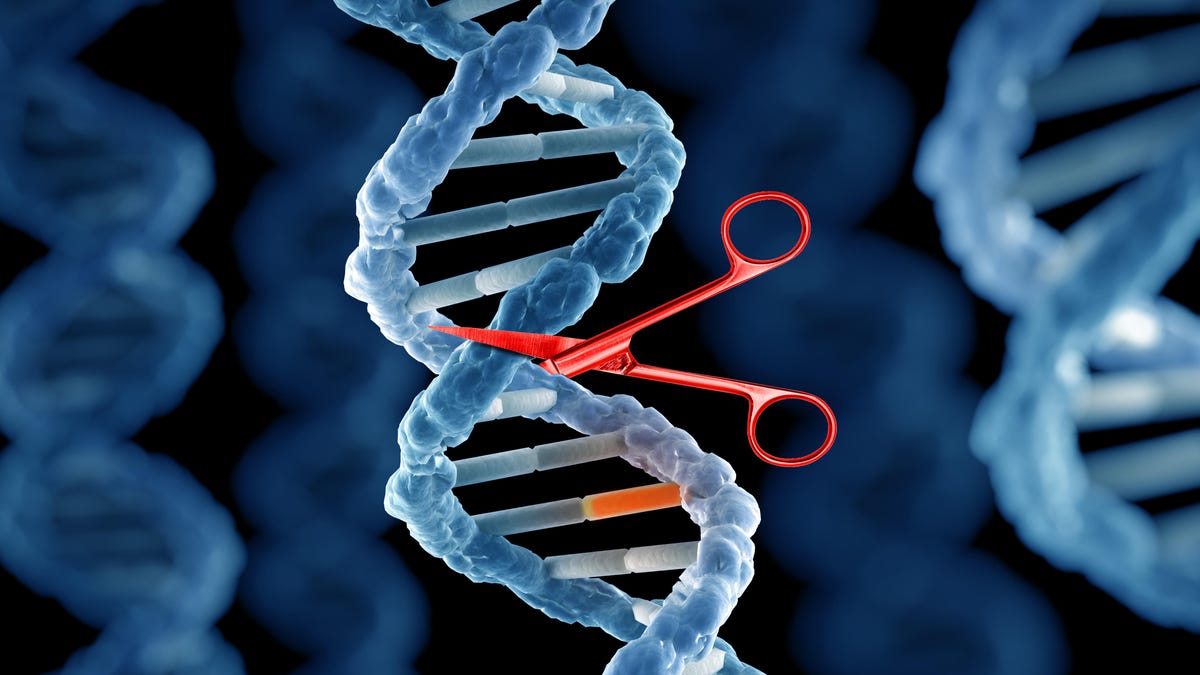Recent developments have allowed the seamless engineering and modification of the human genome with a variety of tools, collectively known as gene editing. You can visit https://www.bosterbio.com/services/c-elegans-zebrafish-gene-editing-services to get the best service of gene editing online.

Image Source: Google
Precision gene editing allows for the modification of the genome at specific loci in order to produce targeted genomic changes. These are being used for many applications in medicine.
First, we will discuss the basics of gene editing. Then we will summarize the main challenges in their clinical implementation.
Clinical trials are currently underway for gene editing tools such as zinc-finger nucleases, transcription activator-like effects nucleases, and clustered interspaced small palindromic repeats.
Target site recognition is achieved by either sequence-specific DNA binding proteins (in the cases of ZFNs or TALENs), or a small stretch of RNA called single guide RNA (in the case CRISPR-Cas).
Current clinical applications for gene editing rely upon the introduction of double-strand DNA break (DSBs) mediated by Fok-1 (in ZFNs and TALENs cases) or Cas nucleases in the case CRISPR-Cas. Then, desired genomic alterations are introduced through the cell’s endogenous DNA repair mechanism.
To conduct targeted genomic changes in the clinical trial, two major DNA repair pathways have been exploited:
(1) gene-editing via homology-directed repairs (HDR), used to replace pathogenic variants or insert foreign DNA elements to return the wild-type (WT), expression of missing (or truncated).
(2) Non-homologous End Joining (NHEJ), is used to remove DNA elements that cause aberrant expression of genes or to gain a therapeutic purpose.
This would allow, for instance, the restoration of endogenous levels after the precise correction of the disease variant within the natural locus. This is especially important for gene products that require a specific dosage.
This would allow for greater control over the integration sites of a cDNA through the selection of safe harbor locations.
These locations should also be able to efficiently transgene the gene by creating a favorable epigenetic environment that is rich in euchromatin. The CCR5 loci, AAVS1, or albumin are examples of safe harbors in the human genome.
